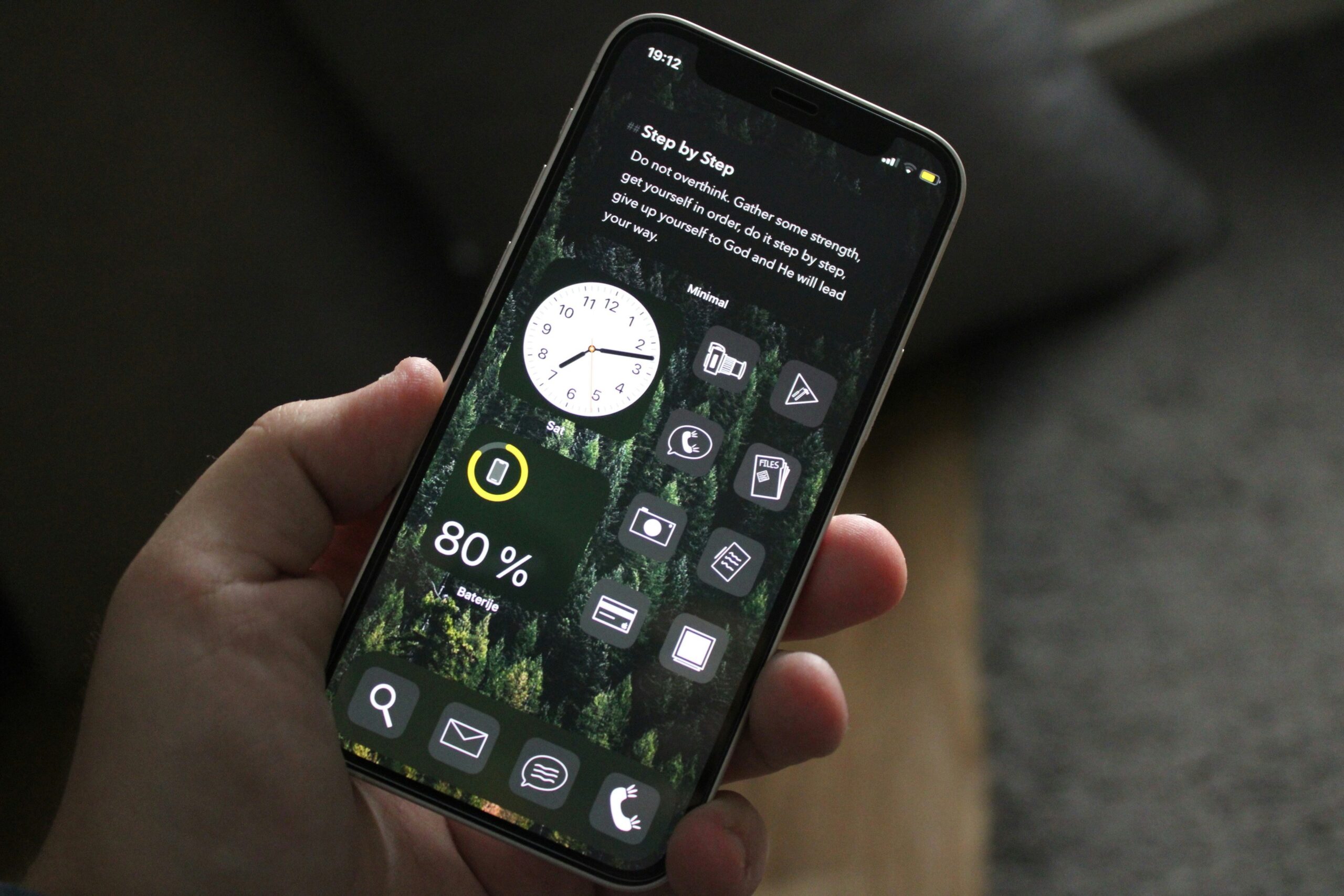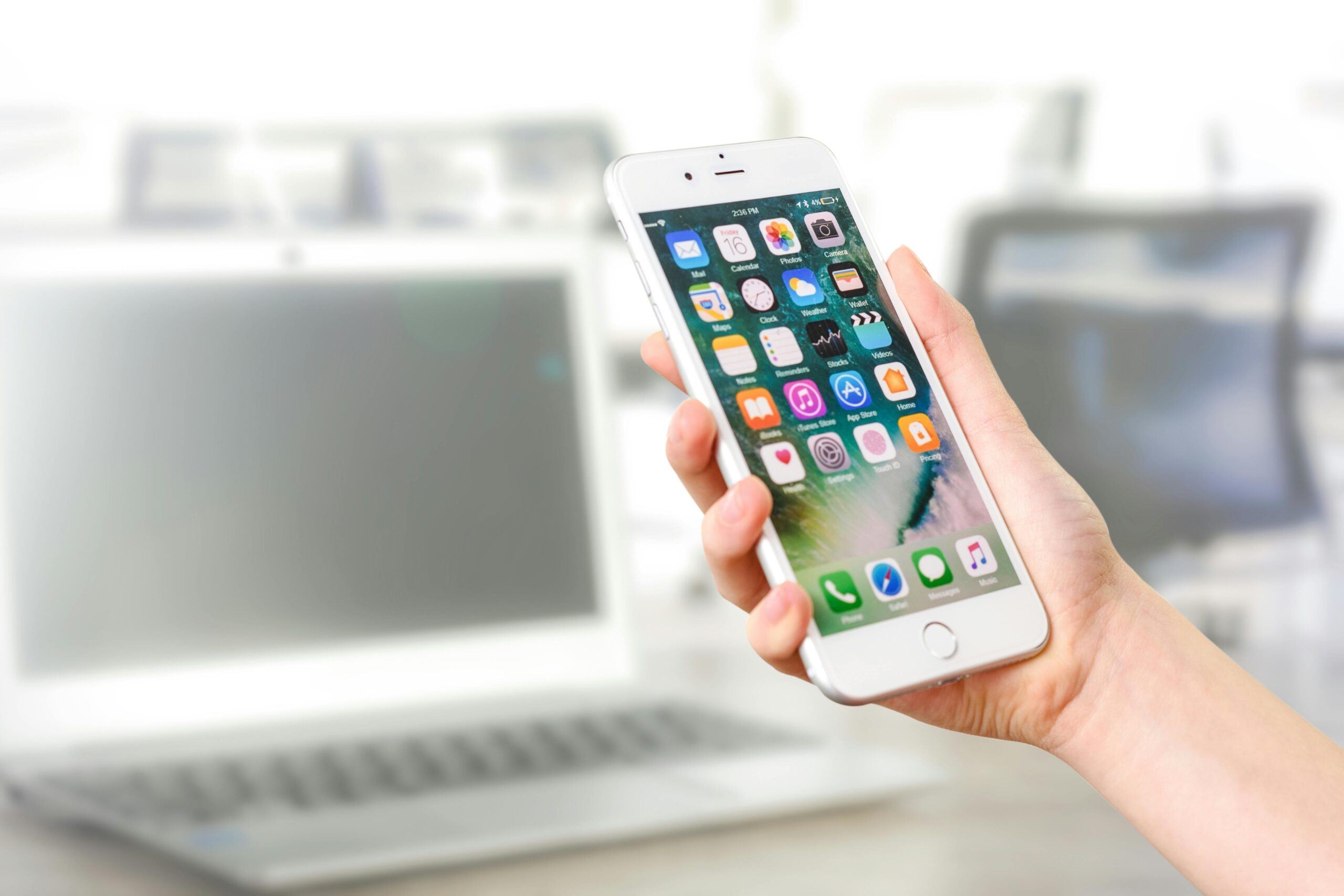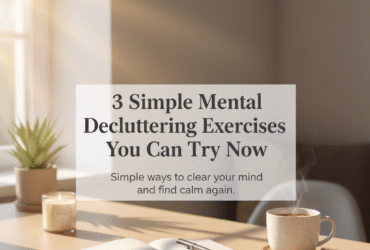Be honest—how many times today have you opened that one app you swear you only check “for five minutes”? Maybe it’s Instagram, TikTok, or even your inbox. You tell yourself it’s harmless, but suddenly 30 minutes vanish. No wonder staying focused feels like running uphill.
This is why I started the 30-Day Focus Challenge a small step each day to clear distractions and make space for clarity. (If you haven’t read the main challenge yet, you’ll find it here.) Today, we’re starting with the boldest first move: unsubscribing from that one app that steals more of your focus than it deserves.
By the end of this post, you’ll know why this one action matters, how to choose your app, and what to do when the itch to “just check it” kicks in.
Why Start with One App?
We live in a world of endless apps and notifications, but not every distraction deserves equal attention. Some apps are harmless tools. Others are time vacuums dressed up as productivity—or worse, “connection.”
Think about it:
- Which app do you instinctively tap when you’re tired, bored, or procrastinating?
- Which one leaves you drained instead of refreshed?
- Which one would you quietly admit takes way more than it gives?
That’s the one. Removing just a single app reduces friction, creates breathing room, and signals to your brain: “We’re serious about focus.”
How to Choose Your One App

It doesn’t have to be permanent, but it does need to be honest. Ask yourself:
- Does this app add real value to my day? Or does it mainly fill gaps with noise?
- Do I open it intentionally? Or do I tap it by reflex?
- Do I feel better or worse after using it?
If the answer leans toward “reflexive and draining,” you’ve found your candidate. For many, it’s social media. For others, it’s email or a game that started as “just for fun.”
Pro Tip: If the thought of deleting it makes you anxious, that’s probably the app to pick.
How to Unsubscribe Without Regret
Here’s the part where most people hesitate. “But what if I miss something important?” The truth? If it’s important, it will find you.
Try this simple approach:
- Delete or disable the app from your phone.
- Set a buffer: If you truly need it, allow yourself to check it on desktop only.
- Fill the gap: Replace the reflex with something nourishing—reading a saved article, taking a short walk, or jotting a thought in your notes app.
Key takeaway: Don’t just remove the distraction—have a plan for the space it leaves behind.
What Happens Next
At first, you’ll feel the phantom urge to tap. This is normal. Habits don’t disappear overnight; they fade when you consistently replace them.
Think of it as retraining your attention:
- Instead of doomscrolling, you’ll have 15 minutes to reflect.
- Instead of refreshing your feed, you’ll finally sit in quiet stillness.
- Instead of endless input, you’ll notice the ideas that bubble up when your mind has space.
It feels uncomfortable, but discomfort is the doorway to clarity.
A Personal Note

When I first tried this, I deleted Twitter (now X) from my phone. I thought I’d miss it—after all, it was “how I stayed informed.” But within a week, I realized most of what I consumed was noise. The tradeoff? I reclaimed an hour a day that now goes into deep reading.
Was it easy? Not at first. Was it worth it? Absolutely.
Conclusion: Your First Step Toward Focus
Day 1 of the 30-Day Focus Challenge isn’t about productivity hacks or fancy tools. It’s about making a choice—a small rebellion against the pull of distraction.
Unsubscribe from one app today. Notice what space it opens up tomorrow. And if you feel the itch to fill the gap, try writing a quick note, going for a short walk, or simply breathing in the quiet.
Your focus journey has officially begun. Tomorrow brings the next step. Until then, I’ll leave you with this: Which app will you say goodbye to today?
If you haven’t yet, check out the full 30-Day Focus Challenge for the roadmap ahead.





